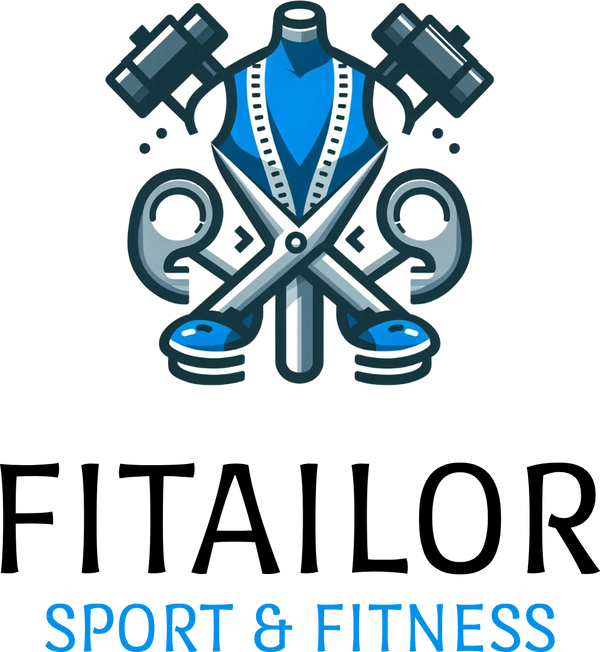the afterburn effect
What are the most effective HIIT workout routines for maximizing the
afterburn effect?

High-Intensity Interval Training (HIIT) is a powerful way to maximize the afterburn effect
also known as Excess Post-Exercise Oxygen Consumption (EPOC)
This effect refers to the additional calories your body burns after a workout as it works to return to its resting state.
The key to inducing a significant afterburn effect is to engage in short bursts of intense exercise followed by brief recovery periods. This method keeps your metabolic rate elevated even after you've finished your workout.
One of the most effective HIIT routines for the afterburn effect is cycling. By combining lower body resistance training with cardiovascular endurance work, cycling ensures that you not only burn fat during your workout but continue to burn calories at an accelerated rate afterward. A typical cycling HIIT routine might involve warming up on a flat road, increasing resistance and alternating between standing and sitting while riding at different effort levels, and incorporating all-out sprints followed by recovery periods.
checkout this amazing indoor cycling bike (paid ad)
Sprint intervals are another excellent HIIT workout for maximizing the afterburn effect. This involves alternating between full-out sprints and recovery periods of jogging or wallking. Sprint intervals not only help burn body fat at an increased rate but also improve muscle strength and cardiovascular endurance.
checkout this perfect treadmill for home (paid ad)
Strength training can also produce a signifficant after burn effect, especially when you perform compound movements that engage multiple muscle groups. Incorporating exercises like squats, deadlifts, and bench presses into your HIIT routine can help build muscle and boost your metabolism long after your workout is over.
Circuit training, which involves performing a series of exercises in a sequence with minimal rest in between, is another effective way to achieve the afterburn effect. This type of training keeps your heart rate elevated and engages different muscle groups, leading to increased calorie burn post-workout.
Tabata training, a form of HIIT that involves 20 seconds of all-out effort followed by 10 seconds of rest, repeated for four minutes, is also highly effective for maximizing the afterburn effect. This intense workout method can significantly boost your metabolic rate and calorie burn.
Incorporating these HIIT routines into your fitness regimen can help you achieve the afterburn effect, leading to greater calorie burn and improved overall fitness. Remember to always warm up before starting your HIIT workout and cool down afterward to prevent injury and aid in recovery.
